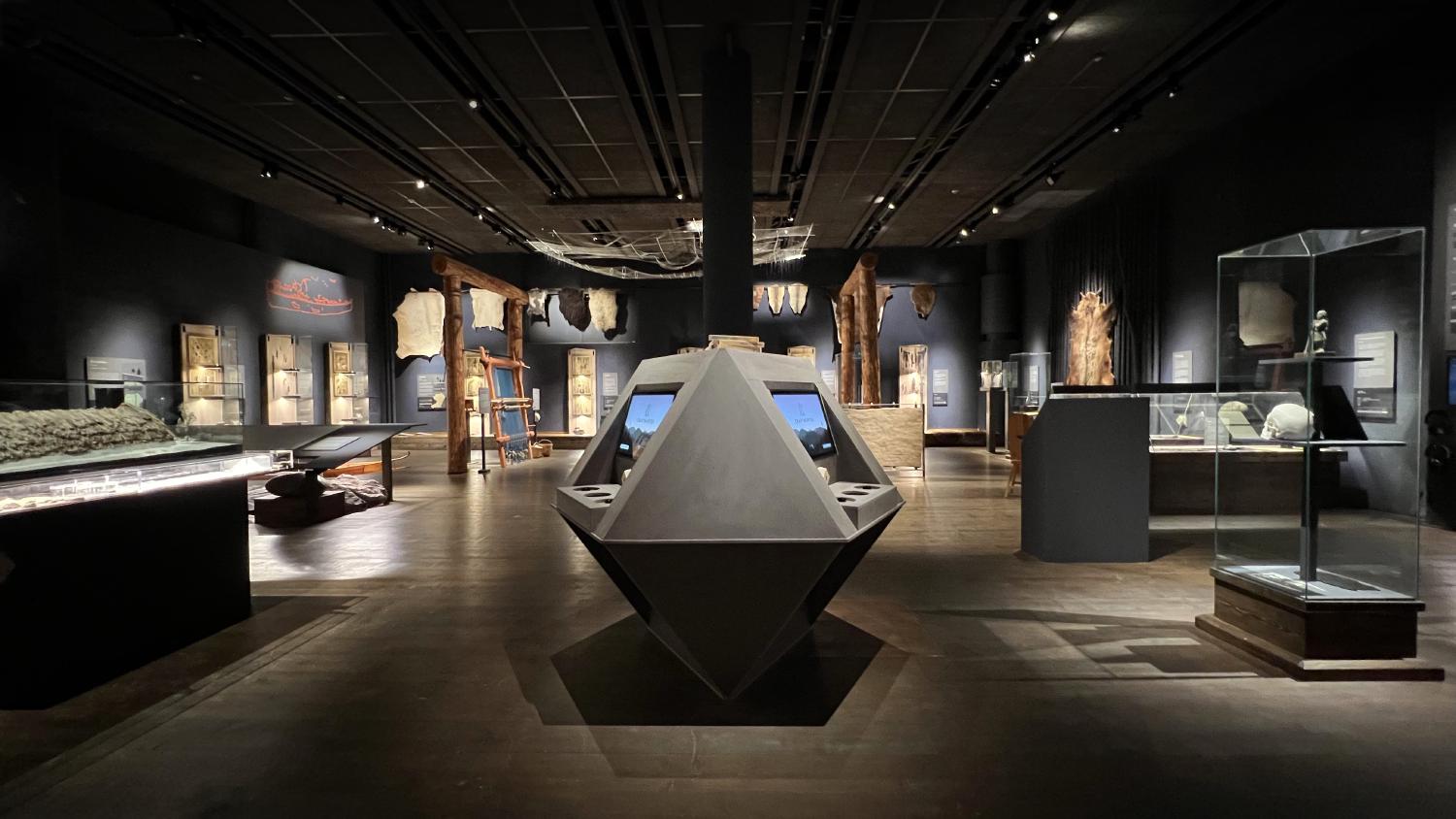
A stick brings ancient crafts to life
In the exhibition Forntidsresan (“Ancient Journey”) there are over a thousand objects, all carefully refined by human hands over 9,000 years. In the game Crafthunter, players get to try some of these crafts chronologically, from the Stone Age to the Viking Age.
The game starts at a game station in the center of the room. The first mission is to make a fire. Begin by finding some real firewood somewhere in the exhibition space.
To their aid, players have a wooden stick that stores found objects via a chip – but is also used to control the mini games as a joystick, drum or rotator knob. Half the game experience is interacting with the collections in search of the right items. The second half is interacting with simulations of various crafts at the game station.
Ah, there’s the wood. “Blip” it with the stick and return to the game station. Rotate the stick quickly and there will be smoke. Rotate a little more and there will be fire. Bravo. Next mission: find a bear fur and a bone needle to make a fur jacket to survive the cold winter nights. Step by step, players activate more and more authentic, ancient items in the room.
Along the way, players have used objects in the same way, with the same movements that the people right here did thousands of years ago.






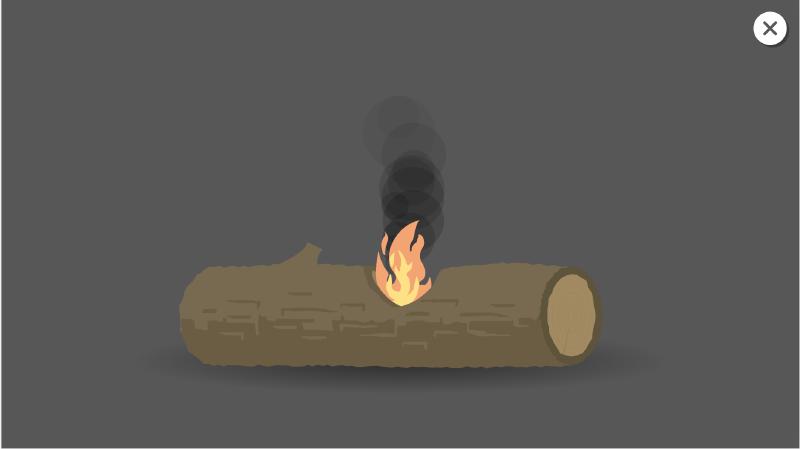



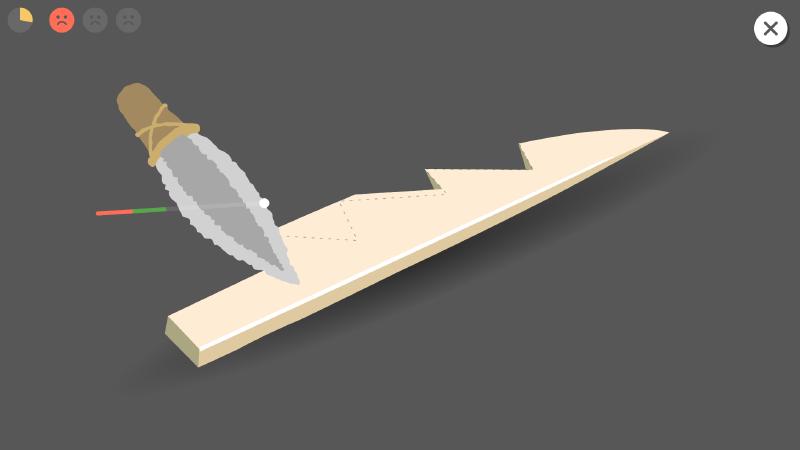
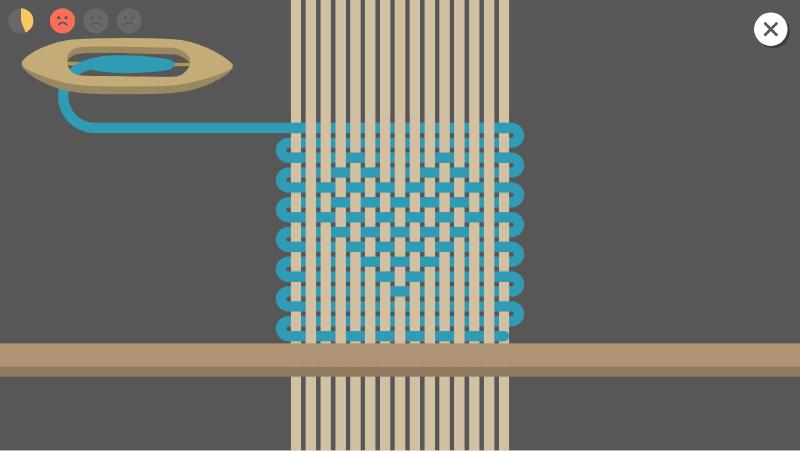


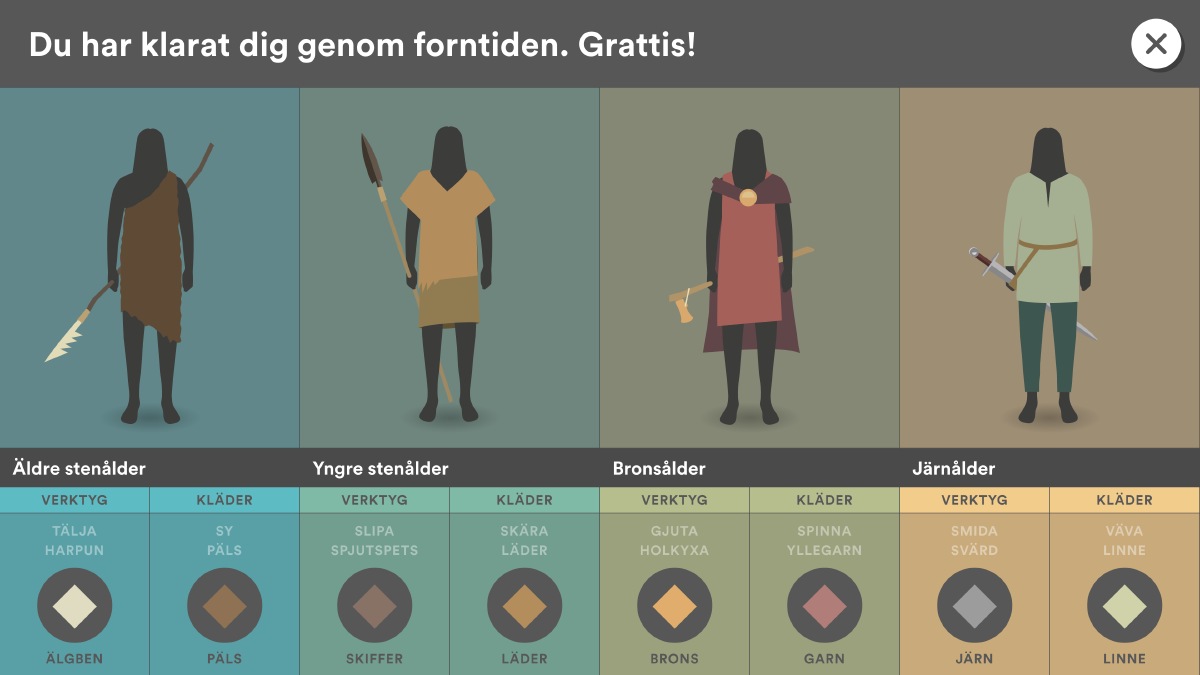
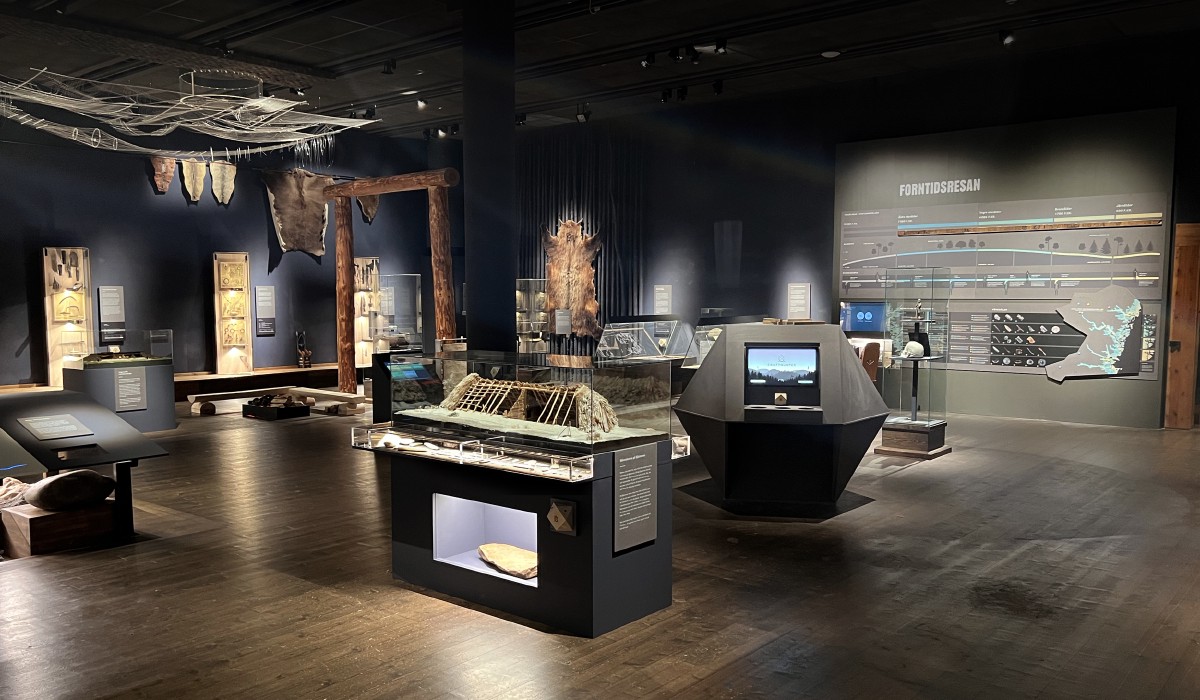
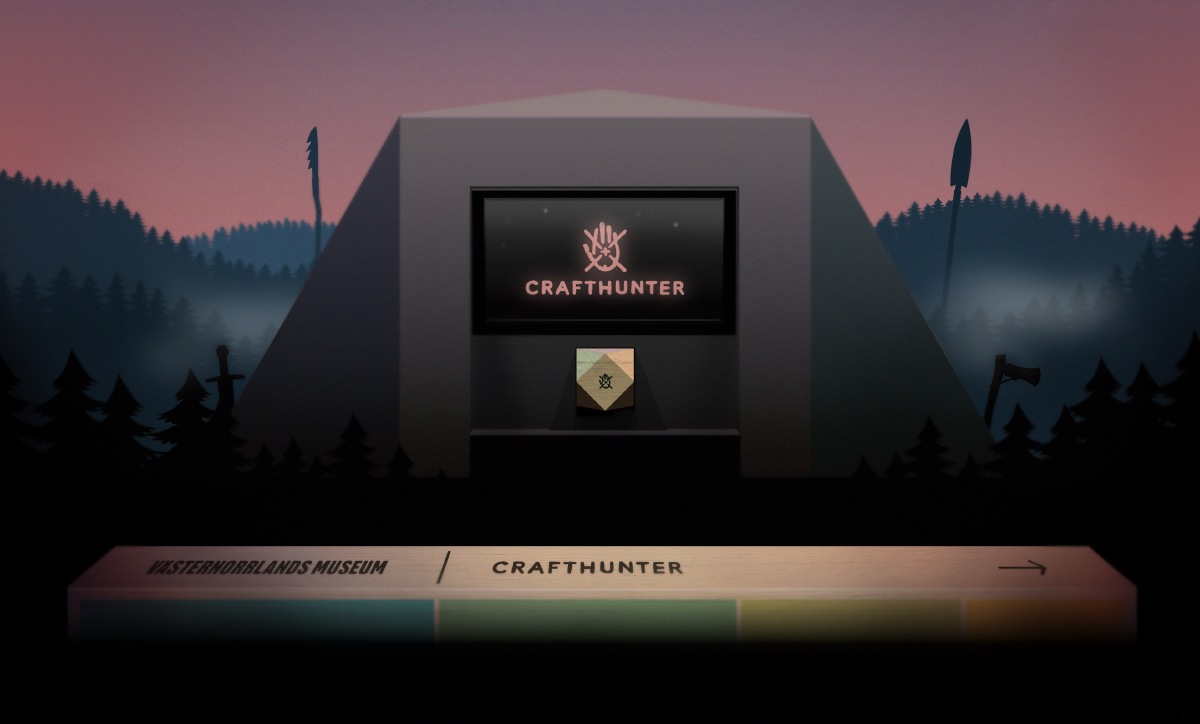
Project: Crafthunter
A game about prehistoric crafts in a historic exhibition about the ancient times of Västernorland.
Exhibition: Forntidsresan / Ancient Journey
Client: Västernorrlands museum in Härnösand
Target audience: 8-14 years
Project start: 2021-01-15
Opening: 2021-11-06
Size: 250 m²
Mission
A game to engage a younger audience by highlighting the room’s 1,000+ objects. Players get to try different crafts like digital mini-games through 9,000 years – from the Stone Age to the Viking Age – and search for existing objects in the room to complete the missions. At least as much time is spent exploring rooms and objects, as time playing the game on the screen.
Team
- Producer: Kajsa Hartig
- Project manager: Mona Nilsson
- Technical producer: Per Ahlenius
- Graphic design, exhibition: Alexis Holmqvist
- Game concept: Alexis Holmqvist, Per Gantelius, Västernorrlands museum
- Graphic design/illustrations, game: Alexis Holmqvist
- Game developers: Per Gantelius, Björn-Olle Rylander
- Hardware: Björn-Olle Rylander, National Antiquities Authority’s exhibition workshop.
Components
- A central gaming station with three screens in the shape of a cuboctahedron.
- 20 rfid terminals scattered in the room, mounted in hand-carved solid wood casings.
- A wooden stick with an rfid-tag to play with. The stick contains the game round, so the game can be played on any of three screens.
- Analog controls for the screens with custom built mounts to fit the square stick.
- A joystick where the stick becomes a handle.
- A rotating attachment for the stick to e.g. simulate making a fire.
- A pad to hit with the stick for different rhythmic game challenges.